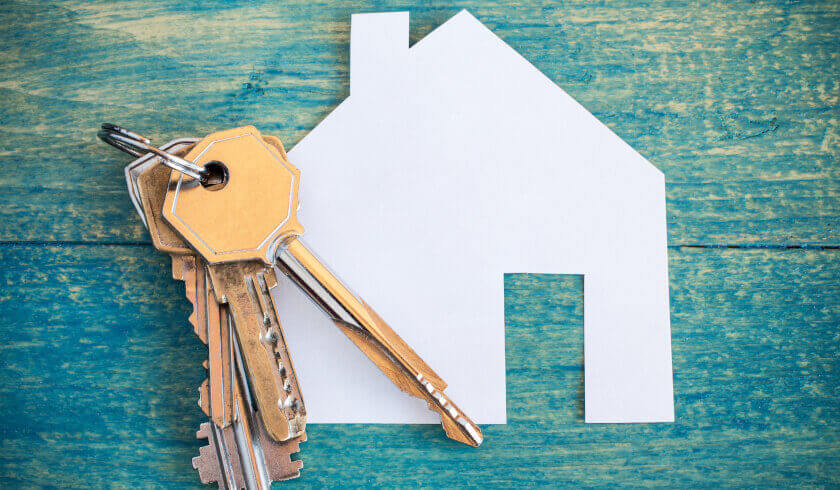Low rental yields: Are they automatically bad news?
Many investors prioritise cash flow in order to grow their portfolio, but does a low rental yield actually equate to a bad property?

In essence, rental yield is the measure of how much cash is produced by an asset each year as a percentage of the asset’s value. It is influenced by several factors, including location, type of property and various macro- and microeconomic elements.
Computing rental yield usually depends on two main parameters: the gross rental yield and the net rental yield.
Gross rental yield is calculated by dividing your annual rent income by your property’s value, while net rental yield uses the same calculation but also factors in all property-related expenses, including stamp duty, legal fees, loan fees, pest and building inspections, repairs and maintenance, management fees, insurance costs and other rates and charges.
Take a $500,000-property with a rent price of $250 per week and an annual holding cost of $3,000 for example.
Compute the gross rental yield as ($250 x 52) = $13,000 / $500,000 = 2.6 per cent.
Compute the net rental yield as ($250 x 52) = $13,000 - $3,000 = $10,000 / $500,000 = 2 per cent.
Gross rental yield can be used prior to making a purchase to determine the property’s potential returns in contrast with comparable assets.
According to the Commonwealth Bank of Australia, if the gross rental yield potential of a property is at four per cent or below, chances are the property is overvalued for investment purposes. On the other hand, if the gross yield is 5.5 per cent or higher, the property could be undervalued or sold below market value.
What is a good rental yield?
There is no definite percentage considered as a “good rental yield”. Essentially, if you pay a high price for a property, you would want rental demand in the market to be high enough to offset all the costs you had to shoulder.
Metropolitan suburbs, at their best last year, saw houses and units with five to eight per cent rental yields, according to CoreLogic.
Meanwhile, Cohen Handler said that net yields typically go from -6 to 6 per cent and no higher.
A high rental yield can ultimately improve your cash flow situation and increase the value of your property over time, but experts advise against making it a sole consideration when purchasing an asset.
Benefits of high net rental yields
High-net rental yields will benefit risk-averse investors who want their loan repayments paid for by their investment and ultimately value the peace of mind brought by good cash flow.
Positive cash flow will serve as your buffer in case of interest rate fluctuations, vacancy, personal crisis other low-income periods.
Right Property Group’s Steve Waters said: “A high cash flow where all the income takes care of all the expenditure gives you serviceability, which gives you time in the market because you’re not at the mercy of high-interest rate and market fluctuations.”
Benefits of low-net rental yields
Low rental yields are suitable for investors who seek to chase capital growth and enjoy high growth in dollar value over time.
Good capital growth is most beneficial for those who plan to implement a long-term buy-and-hold strategy in a sustainable market.
“If you’re holding $2 million in assets, an annual rise of 5 per cent in value translates into $100,000 in the first year which continues to compound as the property price cycle runs its course,” Mr Waters explained.
When opting for this path, investors must be prepared with funding to sustain the portfolio amidst low-cash flow circumstances.
Cash flow and capital growth
Both good cash flow and good capital growth bring benefits to investors, but instead of chasing one of the two, experts strongly encourage marrying them when investing in properties.
By striking a balance between good cash flow and good capital growth, investors enjoy lower risk and long-term wealth.
At the end of the day, a property with three to four per cent rental yield with low holding cost located in a market with strong rental demand is far better than a property with eight per cent yield with high ongoing costs located in mining towns and other single-industry areas.
Check out Smart Property Investment's Best Suburbs page to find out the top-performing investment areas in terms of yield and growth.
The information has been sourced from the Commonwealth Bank of Australia, Cohen Handler, Domain and the Smart Property Investment website
